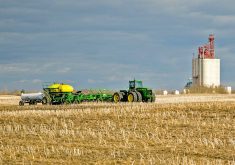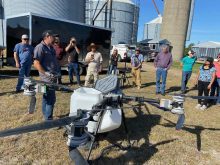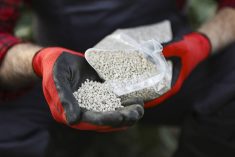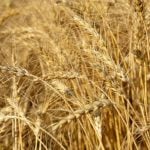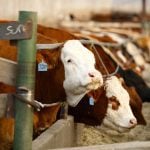Experts are weighing in on what not to do if grain must be dried in the yard.
Dr. Digvir Jayas, a Distinguished Professor at the University of Manitoba and former Canada Research Chair in Stored-Grain Ecosystems, said that many producers confuse aeration with drying, when the two actually have separate goals.
Aeration uses lower airflow to cool grain, while drying removes “significant moisture” from grain, using either ambient or supplemental air, according to Jayas.
“Sometimes people don’t have the right-sized fan to dry the grain,” he said. “They think they are forcing the air through it and that will dry it, but if you have a small quantity of air — a small-sized fan and a small quantity of air — there’s not enough drying potential in the air to remove the moisture which has to be removed from the grain.”
Read Also
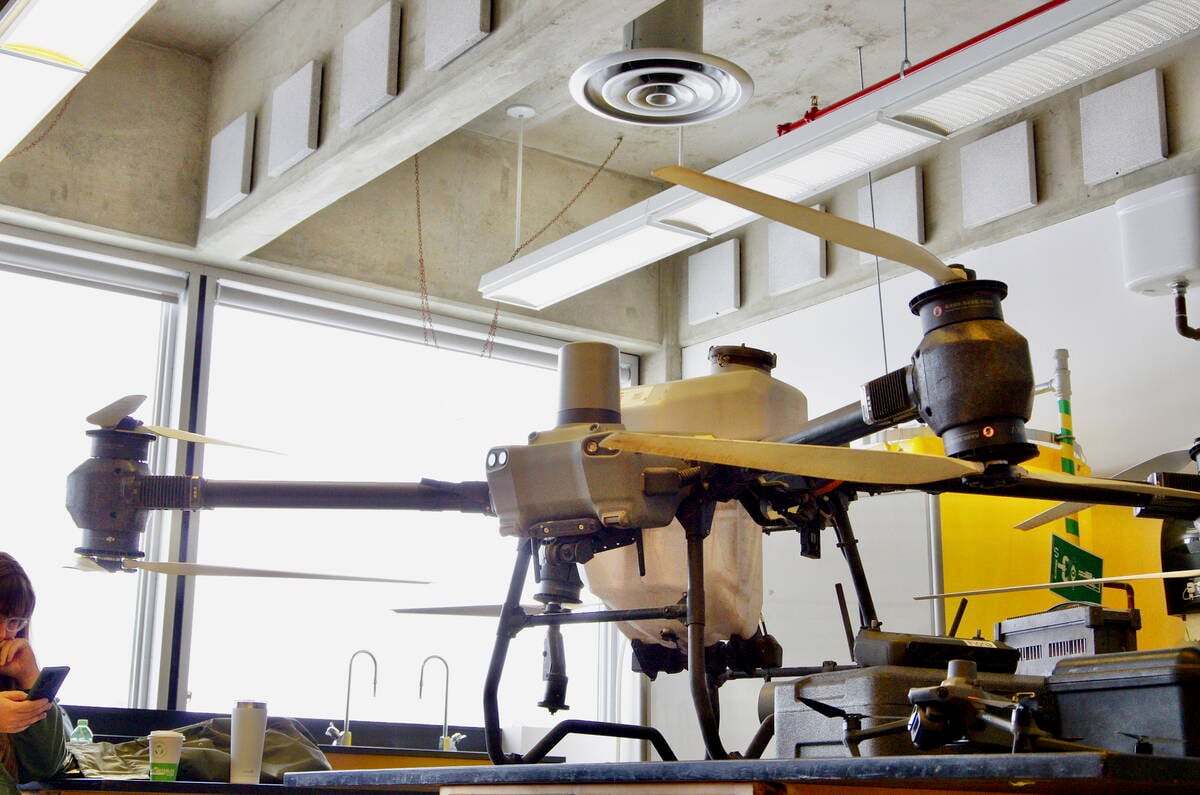
Manitoba trials work toward drone spraying approvals
Canada’s PMRA says pesticides need drone-specific labels before drone spraying can take off; Manitoba crop trials are adding data towards that approvals process.
An underpowered fan will significantly delay drying time, he said, advising farmers to match both their target drying time and grain moisture to determine fan size.
Overfilling a bin will also strain drying, according to Jayas. The increased static pressure (resistance to airflow) from the additional grain will limit the fan’s effectiveness.
Grain drying has been a long-time research topic at both the University of Manitoba and the Prairie Agriculture Machinery Institute (PAMI), which created a separate research team focused on harvest.
Despite that work however, Joy Agnew, PAMI Agricultural Research Services project manager, says grain drying, storage and aeration quickly becomes farm specific, taking in not only crop type and moisture content but harvest timing, weather, bin systems and available technology and a host of other factors.
“Learn as much as you can about the effect of air temperature and grain temperature on drying capacity,” she advised farmers. “That’s always kind of the take-home message of the seminars and workshops that I do. I throw a lot of information at them, meaning to provide them with enough information and background so that they can make their own management decisions.”




